Small eyes are considered to be attractive, round faces give us a youthful look, and people with big ears are adorable, just look at Anne Hathaway! There are so many unique features out there that give us our own special charm.
Some people, however, want to fix these things anyway. That’s their choice, but we hope they keep in mind that they can actually do it without surgery. All they need to do is change their hairstyle.
1. Double chin
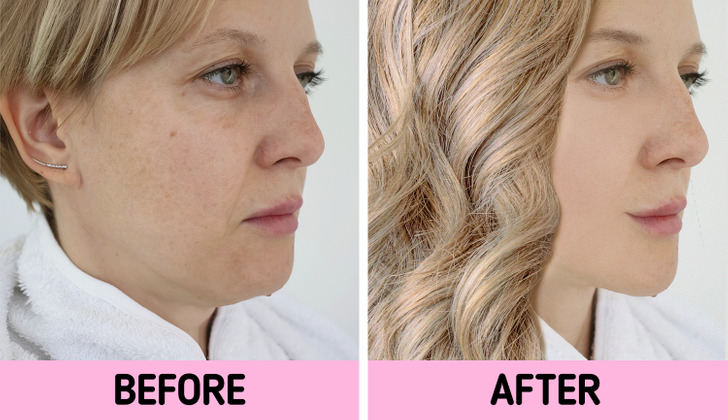
Cropped haircuts are a big no-no if you have a double chin. Instead, go for bangs and curls, layered, or face-framing haircuts. This way, you’ll draw attention to your hair and not your chin.
Remember that having layers is the trick. They add volume and give the illusion of a narrow face. For short haircut lovers out there, opt for a layered chin-length bob cut, but make sure to keep the ends unevenly cut.
2. Big nose
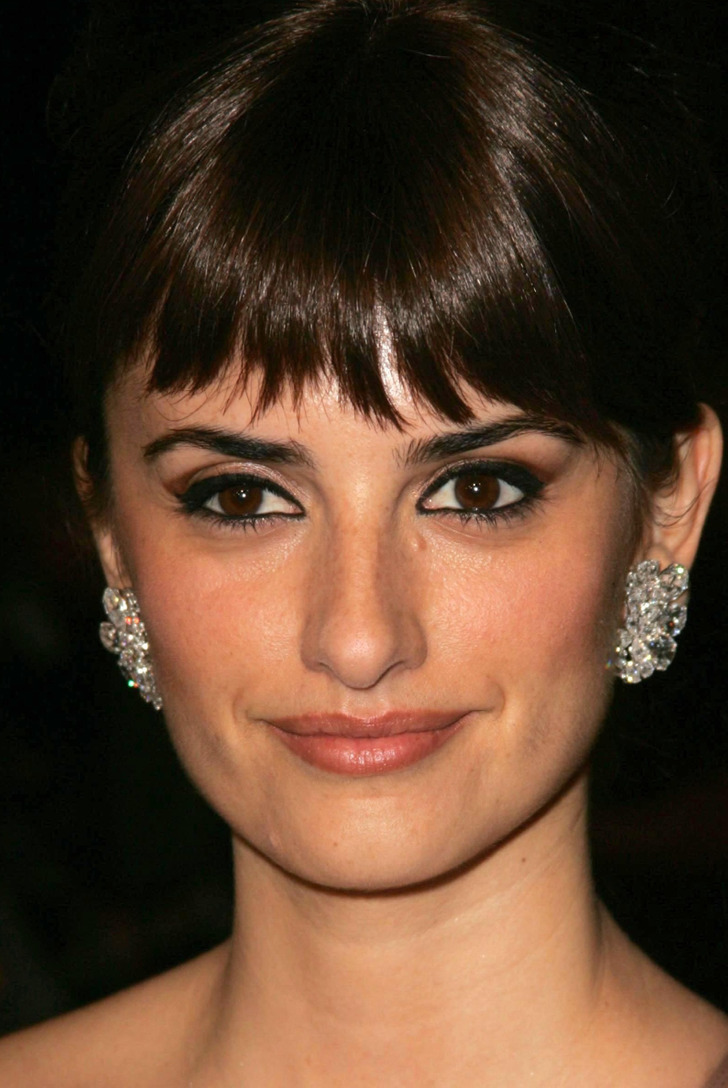
Choose hairstyles that widen your face so that your nose looks smaller. Different types of bangs do a great job: side-swept, curtain, or layered. You can do your hair up in a messy bun or a ponytail, letting a few strands fall on your head. Try to stay away from short and straight cuts.
3. Big forehead
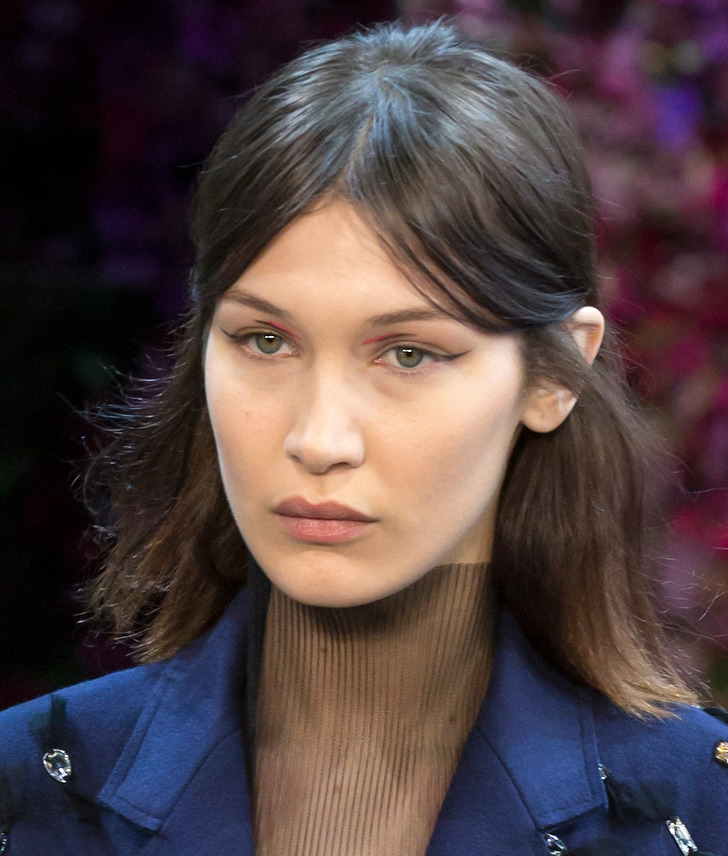
Bobs with bangs, long or short hair with a central part, or razored bangs look great on people with big foreheads. According to a stylist, horizontal framing, lots of volume, and soft layers are the keys to balancing it all out.
4. Small eyes
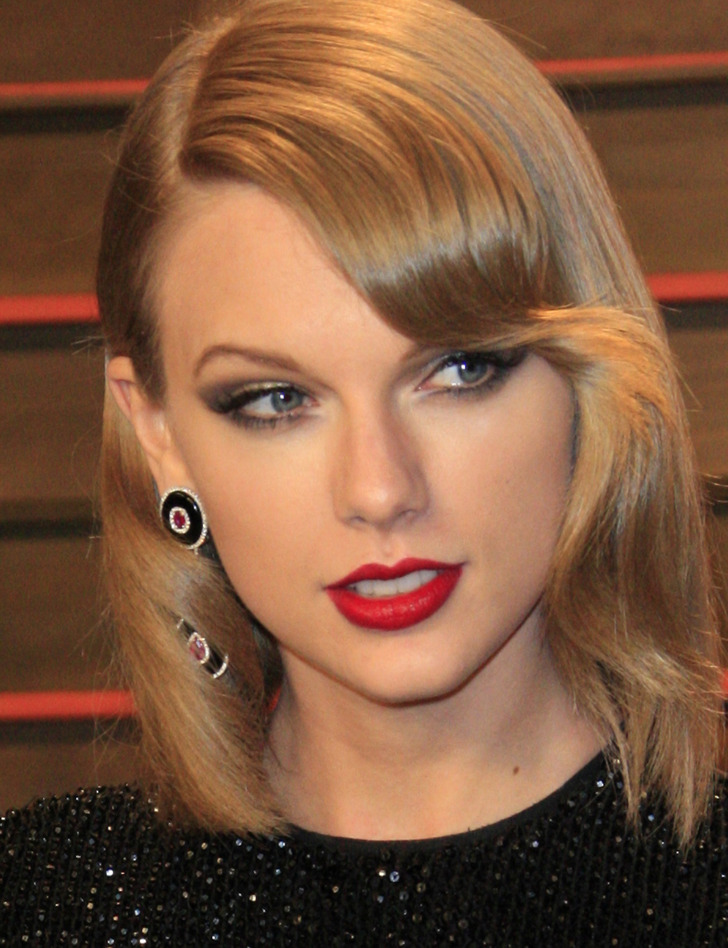
Avoid blunt and thick haircuts and focus instead on short hairstyles or low-volume cuts. Bangs are okay, but as long as they don’t cover your eyes and forehead completely. Pixie haircuts accentuate eyes, especially if your eyebrows can be seen well.
5. Round face
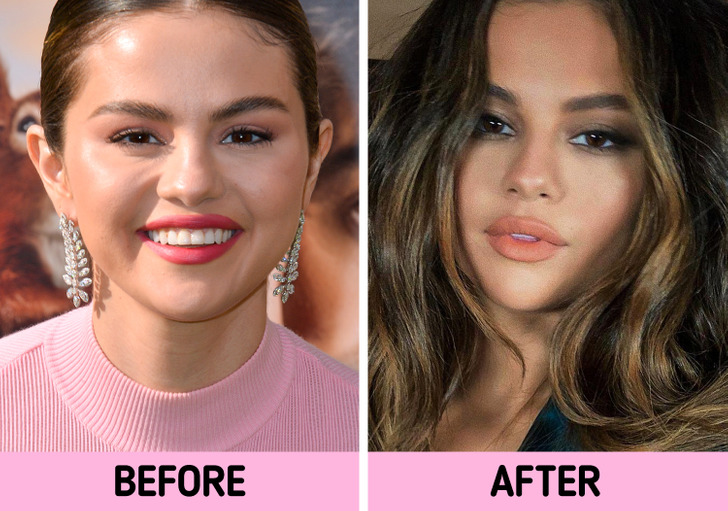
Those who want to make their face appear more oval should definitely go for a shaggy wavy bob or face-framing balayage highlights. You can also add more volume on top and leave elongated locks by the sides. Stay away from sleek hairstyles and thick bangs, since horizontal lines will widen your face.
6. Oblong face
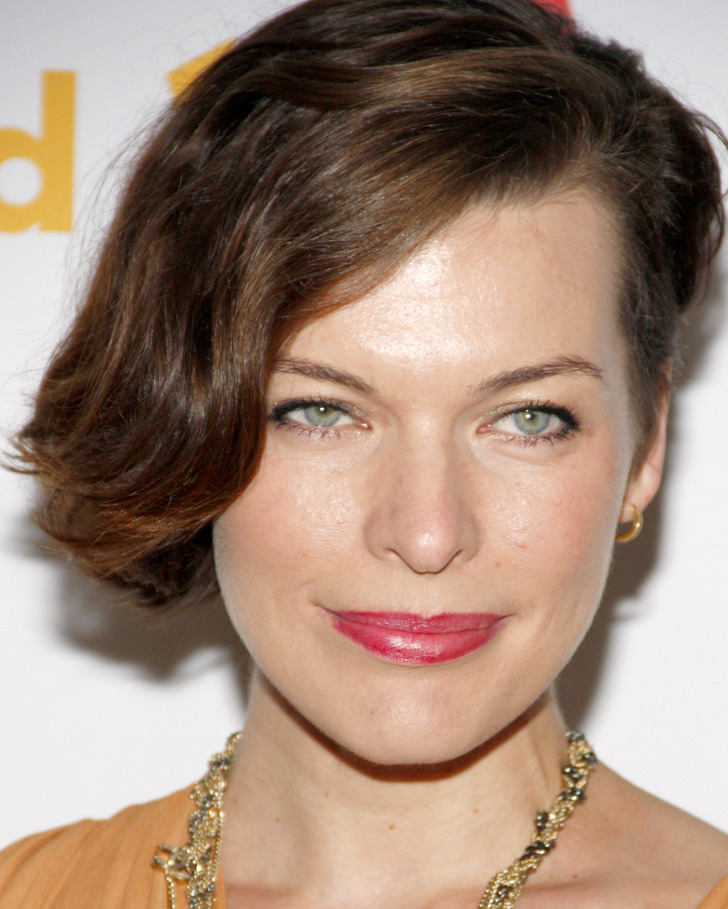
People with thin faces have more prominent noses, chins, and necks, and some haircuts can make their faces look even longer. Straight and long hair is a no, while hairstyles that add lots of volume are always welcome. Try a parted shaggy lob, an asymmetrical choppy lob, wispy-layered long hair, or a long wavy center-parted hairstyle.
7. Big ears
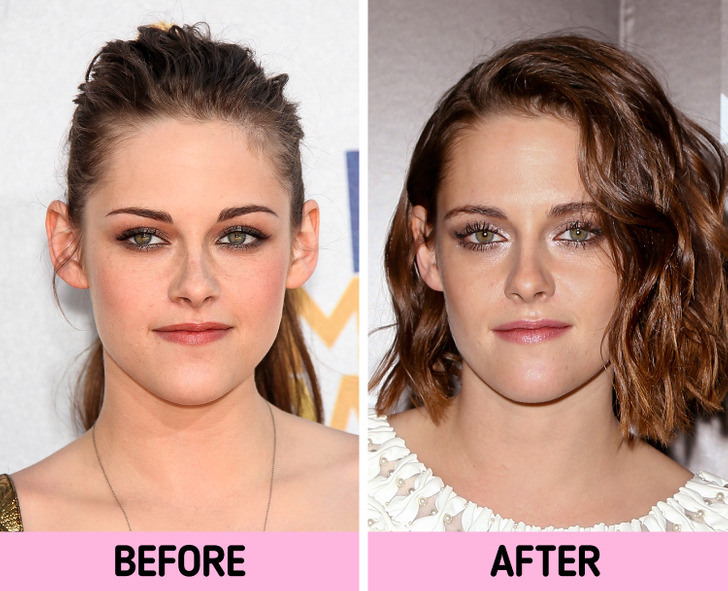
It’s not hard to cover ears, yet, it might be challenging to choose only one haircut out of all this diversity. Make sure there’s enough volume and fullness at the sides of your head, and let the hair stand away from the scalp a little bit. Bob haircuts or long and layered hair are a great choice.
How long have you had your current haircut? How easy is it for you to change it?
Preview photo credit TanyaLovus / Shutterstock.com, Valeriia Kogan / Unsplash.com
Delicious 3-Ingredient Dessert: Healthy and Ready in 10 Minutes!
Looking for a quick, healthy, and delicious treat? This 3-ingredient dessert made with dates and walnuts is the perfect choice. Packed with natural sweetness and wholesome goodness, it’s a guilt-free snack or dessert that takes only 10 minutes to prepare. Let’s get started!
Ingredients
- 1 cup of dates (pitted)
- 1 cup of walnuts
- 1 tablespoon of cocoa powder (optional, for a chocolatey twist)
How to Make It
Prepare the Ingredients
- Ensure the dates are soft. If they’re a bit dry, soak them in warm water for 5 minutes, then drain.
Blend the Mixture
In a food processor, add the dates and walnuts. Blend until the mixture becomes sticky and holds together when pressed. For a chocolate flavor, add the cocoa powder and blend again.
Shape the Dessert
- Scoop out small portions of the mixture and roll them into balls.
- Alternatively, press the mixture into a small dish or pan and slice into squares.
Optional Decoration
- Roll the balls in crushed nuts, shredded coconut, or cocoa powder for added texture and flavor.
Why You’ll Love This Dessert
- Healthy: Packed with fiber, healthy fats, and natural sugars.
- Quick: Ready in just 10 minutes—perfect for busy days.
- Versatile: Enjoy as an energy-boosting snack, post-meal treat, or even a party dessert.
Storage
Store the dessert in an airtight container in the fridge for up to a week or freeze for longer storage. It’s a perfect make-ahead treat!
Enjoy the Goodness
This easy, 3-ingredient dessert combines the natural sweetness of dates with the crunch of walnuts, creating a treat that’s both satisfying and nourishing. Give it a try—you’ll be amazed at how something so simple can taste so good! ??✨


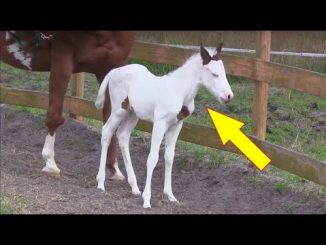
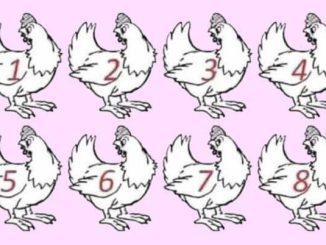

Leave a Reply